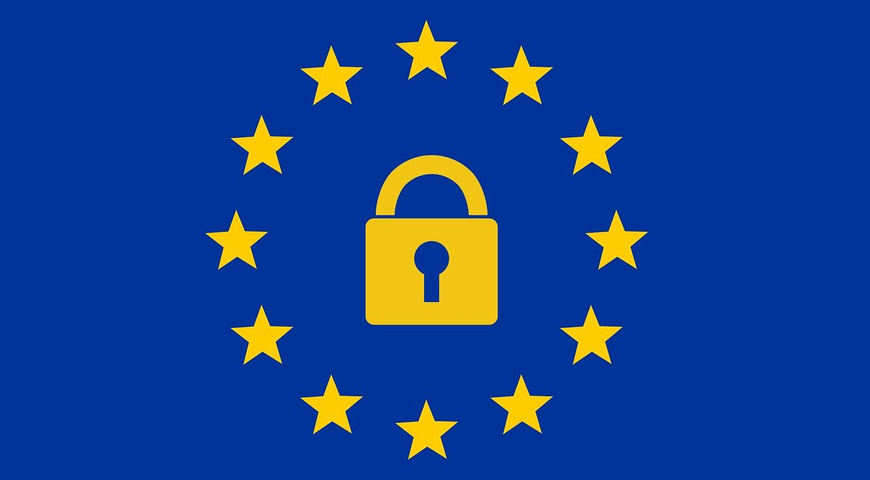An important part of most discussions about clouds is an analysis of costs. People are strongly driven to try to reduce the costs of their burdensome infrastructure, particularly when a large part of it is almost never used (the DR provisions), yet is as costly as the primary in some cases. Most technical people we talk to are impressed with nScaled solutions, but that appreciation is viewed differently when they have to present it to their management team and justify the investment, and so the talk inevitably turns to costs.
For our part, we have worked very hard to produce solutions which are not only technically and functionally superior to the incumbents, but are less costly too. We did not want to carry the message “yes its great, and it costs more too” to the market. We know there is opportunity for cost reductions as we see economies of scale, and of skill everywhere we look. We have also worked hard on our technology licensees to recognize that the larger opportunity lies with low cost, well integrated and broadly available solutions.
To help prospects with this part of the discussion we have been working on some financial analysis tools which we now have available. The key in the analysis is to look beyond the marginal cost of ownership (MCO) and understand what the total costs are (TCO). Most people have not done this analysis ahead of time, simply because they take it as given that they always need to have private infrastructure, the organization has always been invested and there is simply not an opportunity to make large scale reductions in infrastructure. Not until now at least.
The TCO calculation is pretty simple. Just add up the initial capital investments, ongoing maintenance costs, and operating costs of all components to be retired. Divide by 36 for a monthly TCO over three years. Be sure to include all the costs; personnel time, connectivity, software, networking gear, hardware etc. This is the like for like figure to compare against a cloud solution, since the burden of all that infrastructure now falls to the cloud provider to provision and maintain.
An interesting aspect of the analysis is to look at what can be re-purposed from the retired portion of duplicate infrastructure and used in the primary site. This (essentially avoidance of future capital costs) can have a significant impact on the budget over the next three year period. Potentially useful during times of expense reduction (like now) and even more so there is imminent need for new capital investments due to data growth etc.
Our tools to assist this process are spreadsheet based and we are happy to provide them to interested parties. We are considering converting these into web based tools which would be accessible to all in the near future.
The ‘retired’ aspect of this calculation has started to give our competitors a little heartburn. Besides the financial side, there are significant benefits in standardizing technology across all systems. I will post more on this subject soon.
About Acronis
A Swiss company founded in Singapore in 2003, Acronis has 15 offices worldwide and employees in 50+ countries. Acronis Cyber Protect Cloud is available in 26 languages in 150 countries and is used by over 21,000 service providers to protect over 750,000 businesses.



